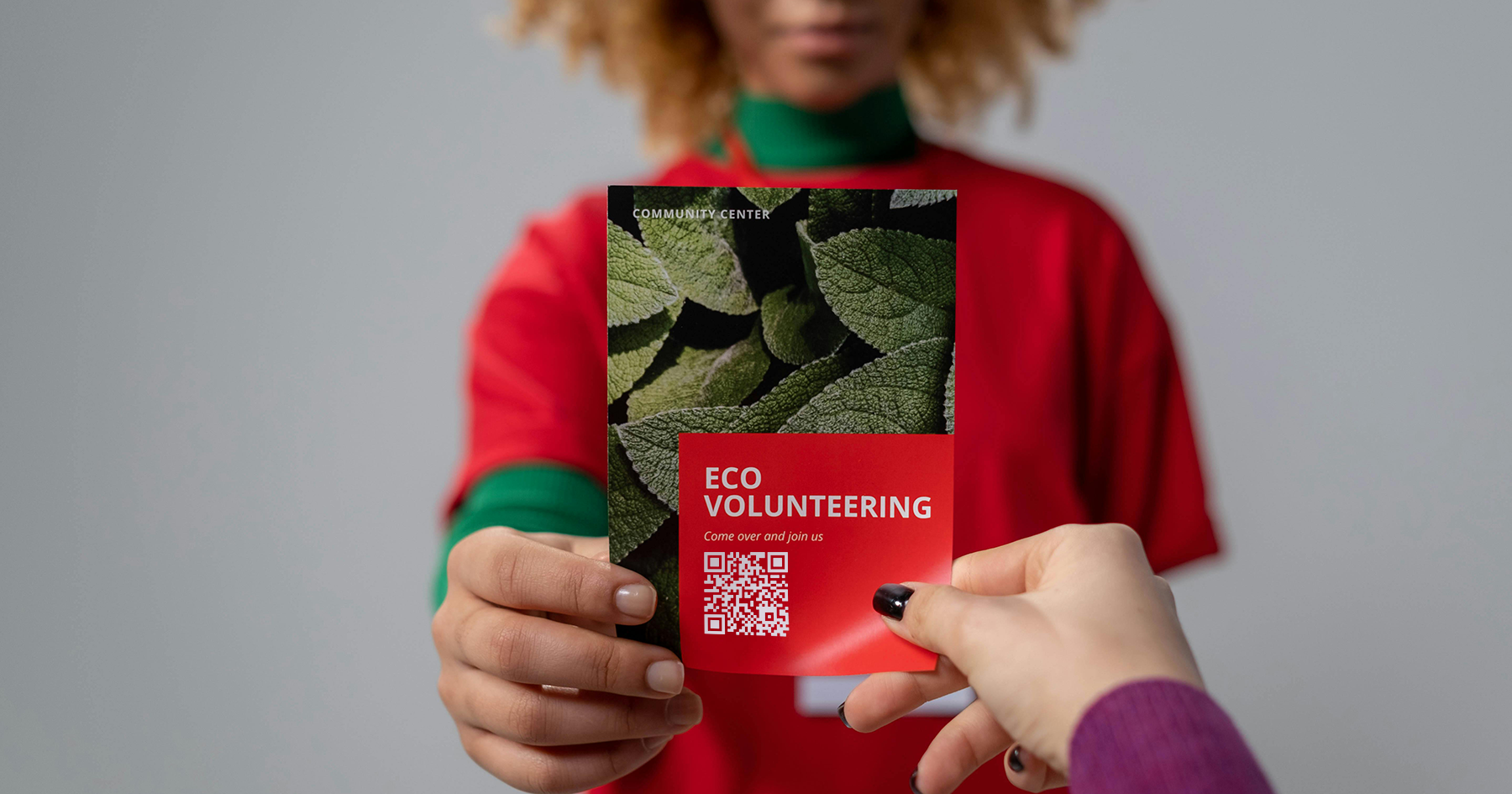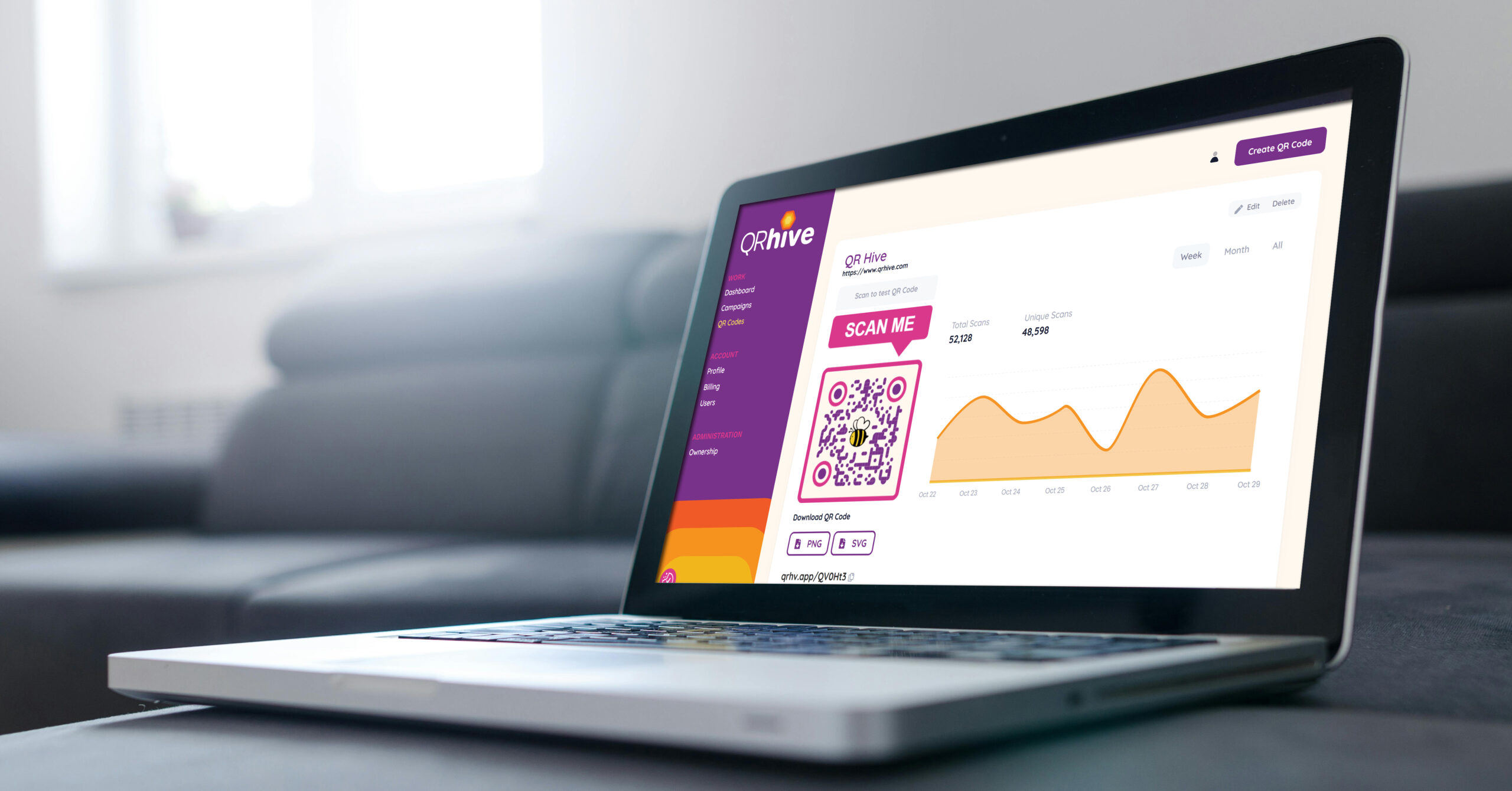
QR codes have become a crucial tool in modern marketing and advertising. They bridge the physical and digital worlds, allowing users to quickly access online content via a simple scan. Effective QR code optimization is essential for successful media campaigns. This guide will provide marketing and advertising professionals with best practices for optimizing QR codes for both print and digital media using a QR Code Generator like QR Hive.
Why should you consider using QR Codes on your printed materials?
Recent data indicates that QR codes remain a powerful tool for engaging audiences through printed materials. A report by Statista shows a consistent increase in QR code usage, particularly in marketing and advertising. Other studies indicate that consumers are more likely to engage with QR codes when they offer value, such as discounts, exclusive content, or easy access to information.
Best Practices for QR Code Optimization
Designing effective QR codes requires attention to detail. Here are some best practices for both print and digital formats:
- Ensure the QR code is large enough to be easily scanned. A minimum size of 1 inch x 1 inch (2.5 cm x 2.5 cm) is generally recommended.
- For larger print materials like billboards, increase the size proportionally to maintain scannability from a distance.
- Place QR codes in easily visible locations on printed materials. Avoid placing them near folds, edges, or areas where the material might be obscured.
- Ensure there is enough white space around the QR code to avoid interference from other design elements.
- Always test the QR code with different devices and scanning apps before deploying it.
Digital
- Size should be adequate for visibility on various screen sizes. Test the QR code on different devices (smartphones, tablets) to ensure readability.
- Avoid making the QR code too small, as it may be difficult to scan on smaller screens.
- Position QR codes strategically on websites or digital ads. Consider user flow and avoid overwhelming the design.
- Place QR codes in areas where users are likely to notice and interact with them, such as near calls to action.
Color & Design
- Maintain high contrast between the QR code and the background. Dark modules on a light background are ideal for readability.
- Avoid using light colors for the modules and dark colors for the background, as this can cause scanning issues.
- While black and white is standard, using brand colors can increase engagement.
- Ensure there is sufficient contrast. Use a color contrast checker like the one provided by WebAIM to verify accessibility.
- Avoid excessive customization that may distort the QR code and affect readability.
- Use a QR Code Generator like QR Hive that offers customization options while maintaining functionality.
Placement and Context
- Provide clear instructions on what the QR code links to. Use a call to action such as “Scan for more information” or “Scan to redeem a coupon.”
- Place QR codes in locations where users are likely to scan them. For example, on product packaging near the product description.
- Contextualize the QR code with relevant information. For example, if it links to a video, mention that it links to a video.
Effectiveness on Various Materials
Posters: QR codes on posters can direct users to event details, promotional offers, or interactive experiences.
Flyers: Flyers with QR codes can provide additional information, links to online booking systems, or digital coupons.
Handouts: Handouts at conferences or events can use QR codes to share digital resources, presentations, or contact information.
Business Cards: QR codes on business cards can link to digital portfolios, LinkedIn profiles, or contact information.
Did you know that QR Hive is built with marketing professionals in mind?
Sign up today and see how QR Hive can help you create & track QR Codes for your campaign.
QR Hive’s Customization Options
QR Hive, a robust QR Code Generator, offers various customization options to create high-quality, dynamic codes that can be exported in both PNG and SVG formats.
Customization Features
Design Options: Customize the color, shape, and style of QR codes.
Logo Integration: Add your brand logo to the center of the QR code.
Dynamic QR Codes: Update the linked content without changing the QR code itself. This is useful for campaigns that require frequent updates.
Tracking and Analytics: Monitor scan data to understand user engagement and campaign performance.
Benefits of Using QR Hive
- Create high-quality QR codes that are both visually appealing and functional.
- Use an easy-to-navigate interface for creating and managing QR codes.
- Ability to group QR Codes into campaigns to allow you an overview of campaign performance.
- Leverage comprehensive analytics to track campaign performance and optimize strategies.
QR code optimization is crucial for maximizing engagement in media campaigns. By following best practices for size, color contrast, and placement, and utilizing a powerful QR Code Generator like QR Hive, marketing and advertising professionals can create effective QR codes for both print and digital media.
Why wait? Give us a try for free!
Want to check us out first? Sign up for our Free package and make your first QR code today!
QR Code Analytics: How to Track Campaign Success Using QR Codes
It’s one thing to use QR Codes to make sure that users get to your site – it’s another
How QR Codes Can Help Small Businesses Grow Their Customer Base
We know that as a small business your time is fragmented and limited. QR Codes can help take some

